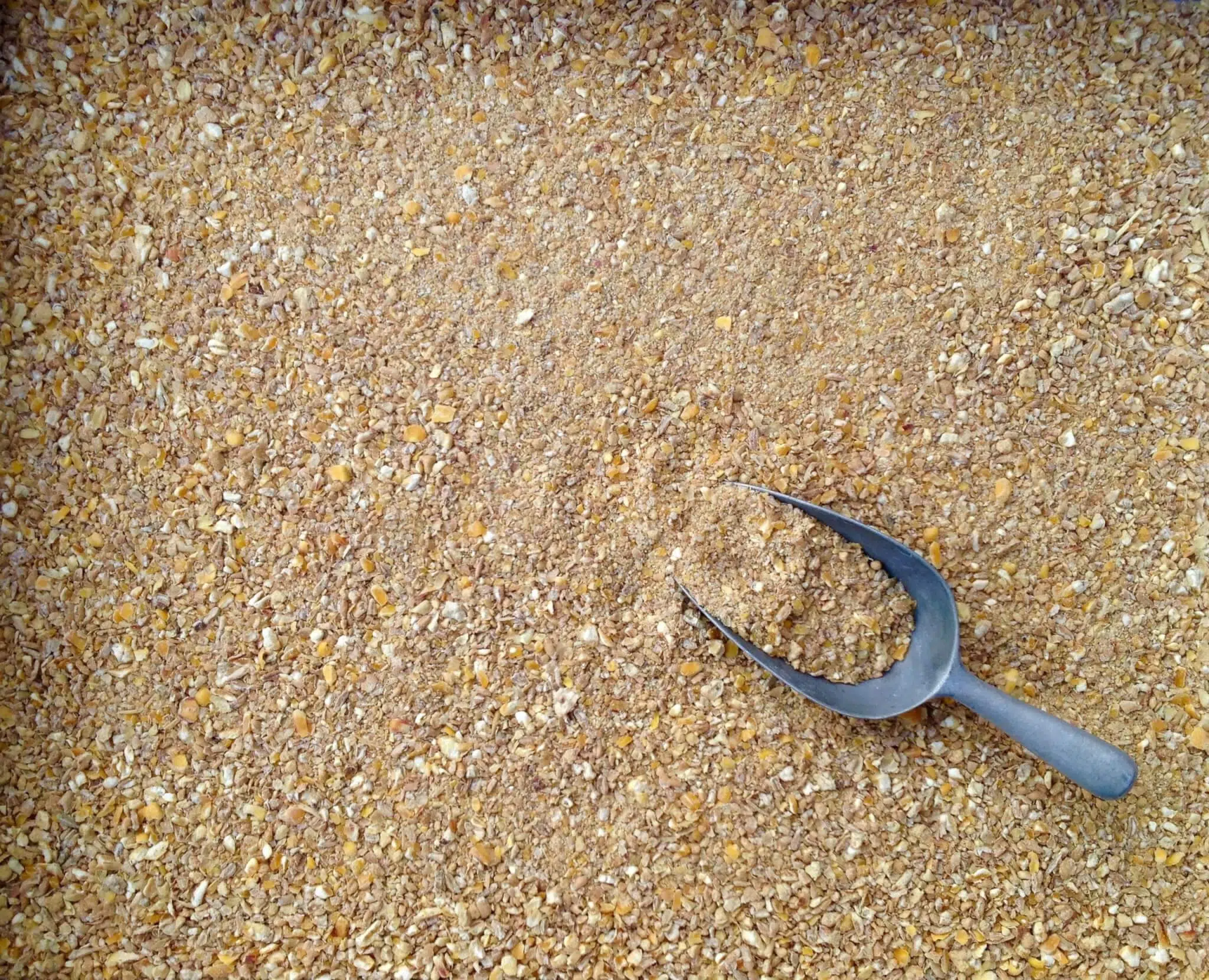Mycotoxins are secondary metabolites that are produced by on-field and instorage fungus growth. Due to the size and unique structural characteristics of mycotoxins, their presence and their deleterious effects on animal nutrition are sometimes difficult to quantify. With mycotoxin contamination on the rise worldwide, it is critical for both producers and nutritionists to fully understand the risks that their animals are being exposed to, as well as the possible nutritional cost of these mycotoxins to their livestock. This article is the first in a three-part series aimed at exploring the real impact of mycotoxins.
A complex problem
The degree to which mycotoxins affect livestock is dependent on a few factors, which may include the length of exposure, age and sex of the animal, and other genetic and environmental factors. These effects can reveal themselves symptomatically, depending on the type of mycotoxin present, the degree of co-contamination, and the livestock species that is being assessed.
The metabolic consequences of mycotoxin contamination
Mycotoxins are largely characterised as immunesuppressants, as they work to stimulate an inflammatory response from the animal as a reaction to gut-damaging and other toxic effects on the animal. This immune response is where we can measure the biggest losses in animal production and efficiency. An overactive immune response in an animal will lead to large losses in energy, as disposable and stored energy within the animal is now being used to manage the immune response rather than working towards growth and production. The metabolic consequences of this overactive immune activation can include a drop in feed intake, feed conversion efficiency, and weight gain. In addition to the metabolic cost and loss of production efficiency, increased veterinary and nutritional costs, increased excretion of vital nutrients, and the overall negative environmental impact all spell loss for the farmer.

Conclusion
Mycotoxin contamination is difficult to detect and even more challenging to get rid of. Studies have shown that, even with the use of efficient mycotoxin binders, once mycotoxins have been ingested and the animal is symptomatic, it is incredibly difficult to restore that animal back to its original nutritional status. Early awareness as well as the regular inclusion of an efficient mycotoxin eliminator are vital keys in waging war against mycotoxins and ensuring that your animals and your business are truly protected.
Chemuniqué empowers feed and food producers with the most innovative animal performance solutions, enabling our clients to consistently advance the efficiency of production.












